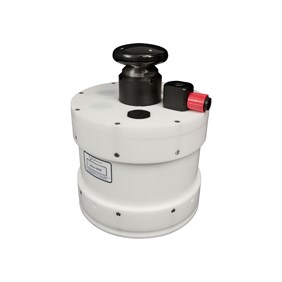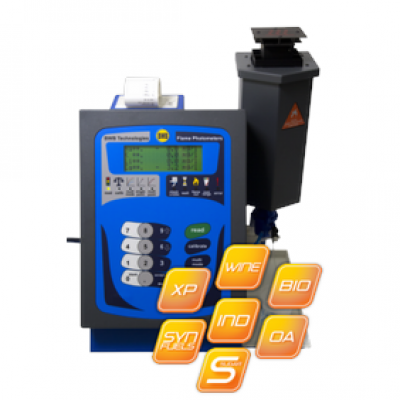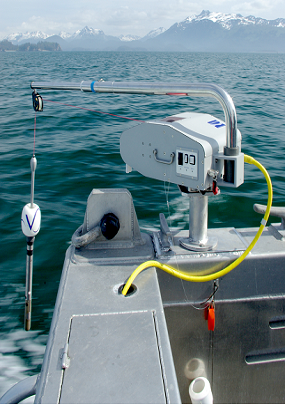Sensors
The MIDAS DWR is fitted with a choice of strain gauge or high accuracy piezo-resistive pressure sensors, and a fast response PRT temperature sensor as standard. Note that whilst the piezo-resistive sensor offers a higher absolute accuracy, the quality of wave data owes more to deployment location and sampling pattern than to sensor performance. Optional additional sensors include Conductivity and Turbidity
Data Acquisition
In order to correctly measure wave activity, Linear Wave Theory requires a specific number of data points to be sampled over a period of time. These data points are then processed on board the instrument to generate an accurate summary of the wave activity during the measured period. The MIDAS DWR therefore operates in a strict pattern of “sample, process, sleep”, with the user controlling the number of samples and the sampling rate, together with the duration of the sleep period. This may be minimised for almost continuous sampling, but obviously at the expense of battery and memory usage.
Sample Rate: 1, 2, 4 or 8Hz.
No of Samples: Powers of 2, 128 - 4096 (more samples = better data)
Cycle Time: Minimum cycle time is nearest whole number of minutes after processing has finished.
Delay Start: Instrument can be programmed to begin sampling at a specific time.
Conditional: Wave Sampling only occurs if pressure activity exceeds a defined level.
Memory
The MIDAS DWR is fitted with 64Mb solid state non-volatile FLASH memory. Total capacity depends on setup. User may save any or all of the following: Raw sensor data from each burst Summary statistics of wave burst Tide & additional sensor data Spectral analysis of wave burst.
If all data is saved, memory will typically record over 4000 data bursts. Sampling once every 2 hours, this is over 2 months data.
Software
System is supplied with WaveLog Express Windows based PC software, for instrument setup, data extraction and display. WaveLog Express is licence free
Electrical
Internal: 32 x D cells, 1.5v alkaline or 3.6v lithium
External: 9 - 30vDC
Power: 1.7W (sampling), <1mW (sleeping)
Battery Life: Depends on sampling setup, typically:
>1 month operation (alkaline)
>2 months operation (lithium)
Connector: Subconn Titanium MCBH10F
Communications
The instrument will operate autonomously, with setup and data extraction performed by direct communications with PC before and after deployment. It also operates in real time, with a choice of communication protocols for a variety of cable lengths, all fitted as standard and selected by pin choice on the output connector:
Standard
RS232 Up to 200m cable, direct to serial port via USB adaptor
RS485 Up to 1000m cable, addressable half duplex comms
Options
FSK 2 wire power & comms up to 6000m cable
Baud Rate: 2400 - 115200 (FSK fixed at 38400, USB 460800)
Protocol: 8 data bits, 1 stop bit, No parity, No flow control
Physical
Materials: Acetal housing, optional stainless steel (316) cage
Depth Rating: Housing rated to 500m, pressure sensor may be less
Size: 300mmØ x 290mm deep
Weight: 13Kg
Frame Size: 950 x 950 x 400mm













